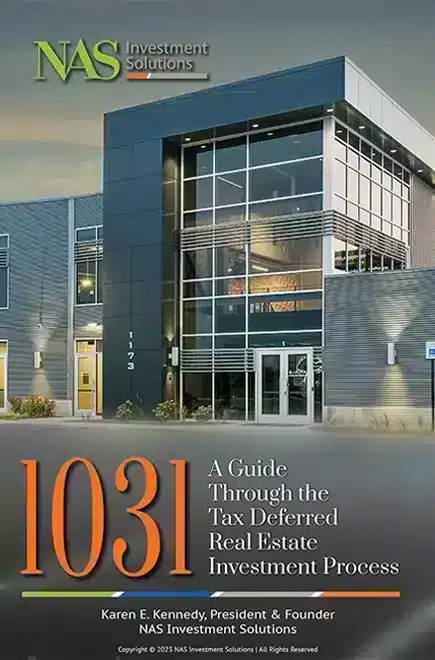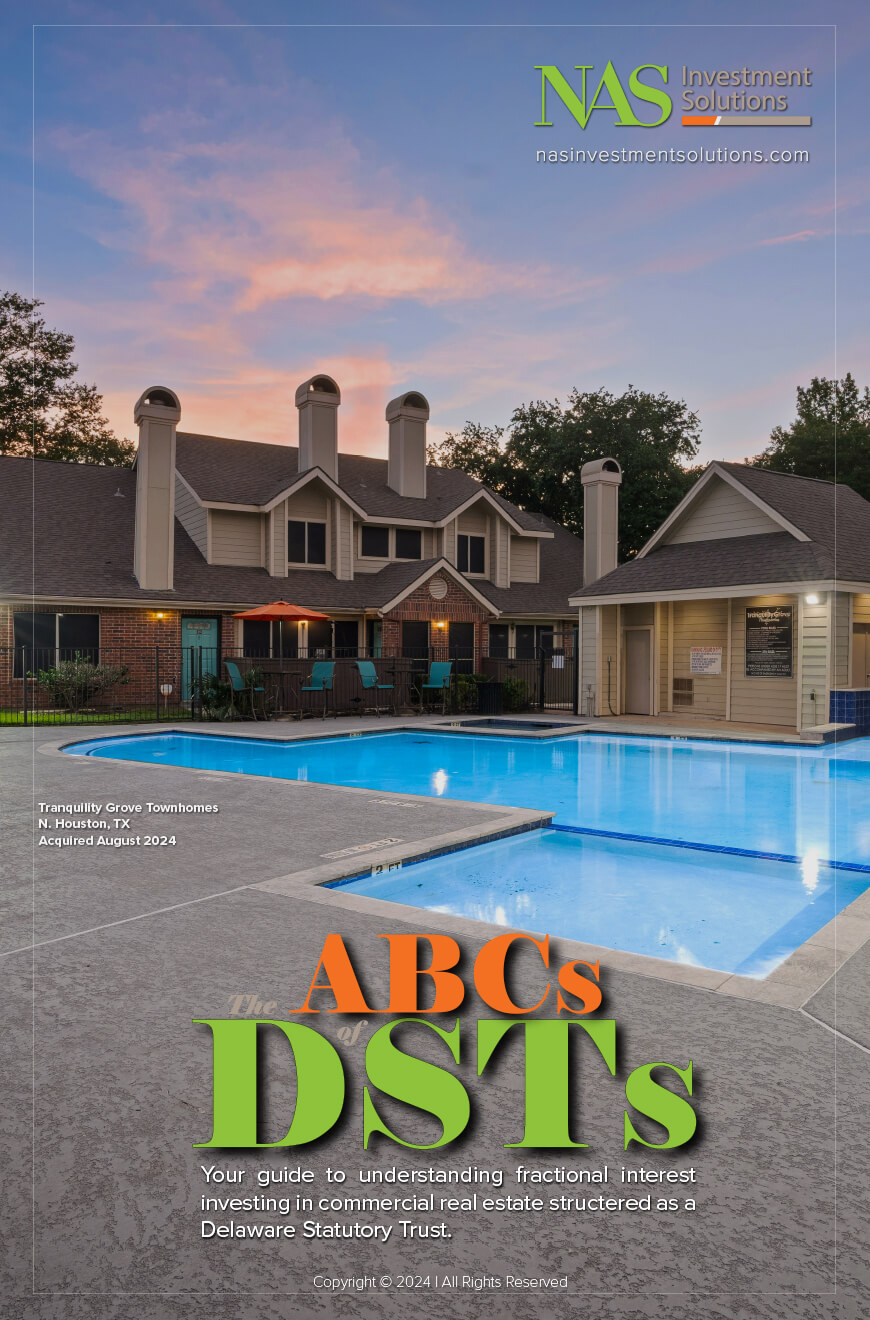Reverse 1031 Exchange
1031 tax-deferred exchanges generally fall into three categories: delayed, reverse, and build-to-suit. While delayed 1031 exchanges are the most common, real estate investors use a reverse 1031 exchange when they must close on the replacement property before the relinquished property is sold. Learn more about reverse exchanges.
Safe Harbor
In a 1031 exchange, the intermediary temporarily holds the relinquished or replacement property, creating a ‘safe harbor’ to comply with the rules of the 1031 exchange.
Self-Directed IRA
A Self-Directed IRA is a type of traditional or Roth IRA that allows you to save for retirement on a tax-advantaged basis and has the same eligibility and contribution rules. While regular IRAs typically house only stocks, bonds, mutual funds and other relatively common investments, self-directed IRAs offer many more possibilities including investment in real estate. NAS Investment Solutions investment opportunities are suitable for a Self-Directed IRA.
Single-Tenant Property
A single-tenant property is usually a retail, industrial or office property that is fully leased to one tenant.
A single-tenant property can potentially result in added benefits for investors. A single-tenant offers stable and predictable cash flow and new leases often span at least 10 years, so investors can expect a steady cash flow.
Sponsor (Investment Sponsor)
In a TIC or DST investment property, the sponsor is the entity that has created the DST or TIC ownership and solicited investors. Learn more regarding The Importance of a Reputable Property investment Sponsor.
Square Feet
Determined by multiplying the length by the width of a space. If a unit is 50 feet long by 40 feet wide, the amount of square feet is 50×40 = 2,000 square feet.
Starker Exchange
Another term for a 1031 tax deferred exchange.
Tax Deferral
Tax deferral means paying capital gains tax due today at a later date. 1031 exchanges are used to defer the payment of capital gains tax.
Tenancy-in-Common Interest (Co-Tenancy)
When several owners own separate shares of a real property, and each share can be sold or transferred at will. For example, if a 100,000 sq. ft. office building is owned by 15 people they are considered to be tenants in common
Tenants-in-Common (TIC)
A TIC, or tenancy in common investment, is real estate that is co-owned with other investors. By default, the ownership percentage of a TIC is proportional, with each investor directly owning an equal percentage of the property. Learn more about TIC properties




